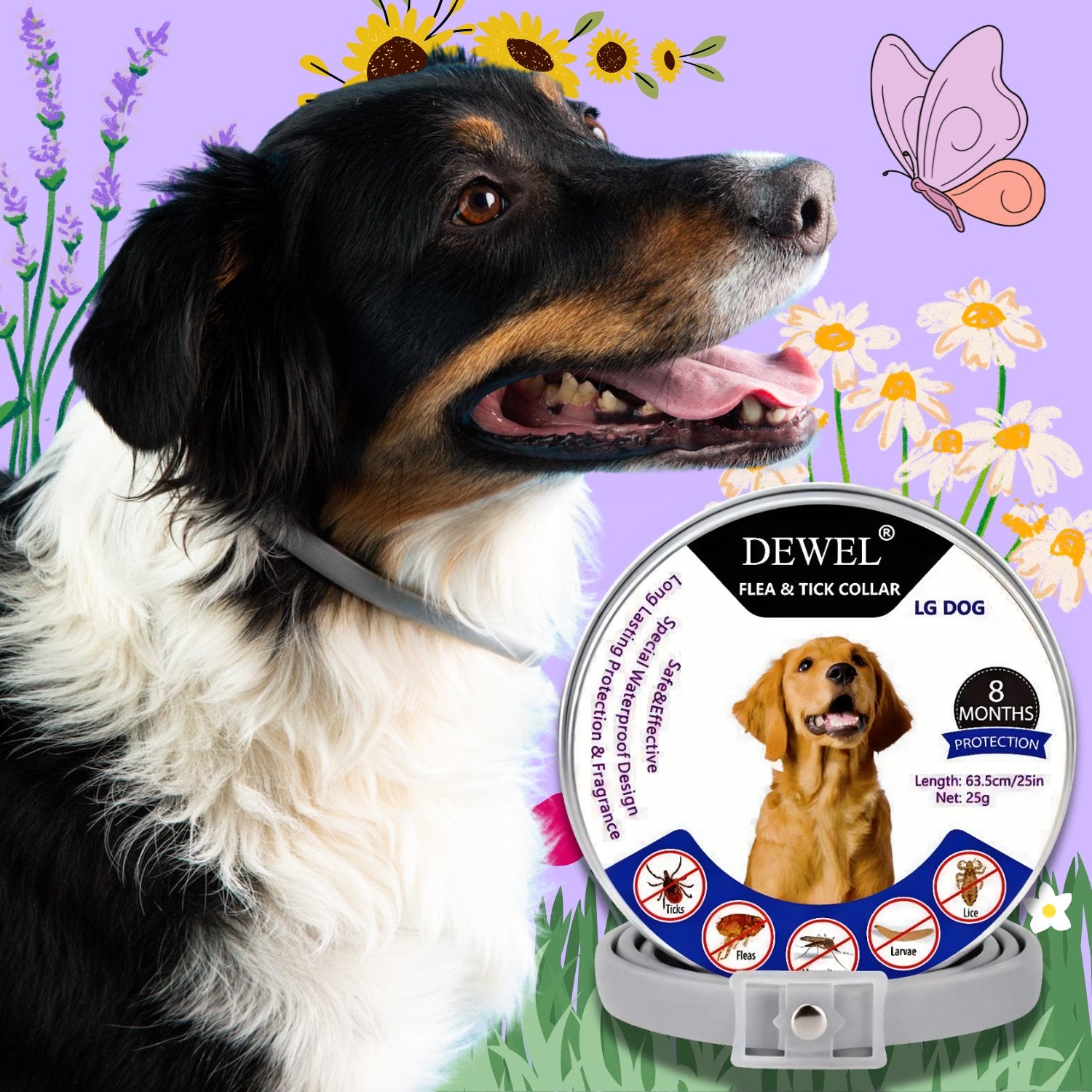
What is a Sand Flea, Exactly?
Abdelhak HachtShare
Table of Contents
Sand fleas, often mistaken for their blood-feeding cousins, are fascinating crustaceans that inhabit sandy beach environments. In this comprehensive guide, we will explore the physical characteristics, behavior, lifecycle, ecological importance, and effective prevention methods for dealing with these intriguing creatures.
Physical Appearance

- Sand fleas are small, measuring up to 1/4 inch in length.
- They possess a flattened body shape with a hard exoskeleton and segmented bodies.
- Their coloration varies from white to brown, rendering them nearly translucent.
- With long antennae and large eyes atop their heads, sand fleas are equipped for their sandy habitat.
Behavior in their Natural Habitat

- Sand fleas predominantly dwell in sandy beach areas, where they expertly burrow into the sand.
- They are most active during daylight hours and emerge from their burrows to feed during low tide.
- Sand fleas exhibit a remarkable jumping behavior, a vital survival strategy for evading predators and swiftly traversing the sand.
Different Species of Sand Fleas
- Over 1,000 sand flea species exist, with the common beach hopper or amphipod being the most prevalent.
- Other species include the mole crab, sand hopper, and ghost crab, each unique in appearance, behavior, and geographic distribution.
Feeding Habits
- Sand fleas are filter feeders, consuming organic matter in the sand.
- They primarily feed on small organisms such as plankton and detritus.
- Some species are known to prey on small fish and invertebrates.
Dangers to Humans and Pets

- Sand fleas pose minimal threats to humans and pets.
- Their bites can cause mild irritation, which is treatable with antihistamines or topical creams.
- In rare cases, sand fleas may carry parasites and bacteria that can lead to infections.
Lifecycle and Lifespan
- The sand flea's lifecycle includes eggs, larvae, and adults.
- Eggs are laid in the sand and hatch into larvae, which mature into adults.
- Lifespan varies by species, with some living up to two years.
Adaptations to their Environment
- Sand fleas exhibit various adaptations for survival, including a protective exoskeleton and the ability to close spiracles to prevent sand from entering their respiratory systems.
- Their jumping behavior aids in evading predators and navigating the sand quickly.
Predators
- Sand fleas have a range of predators, including shorebirds, fish, and crabs.
- Ghost crabs, in particular, are skilled hunters of sand fleas.
Geographic Location

- Sand fleas are found in sandy beach areas worldwide.
- They are most commonly found in tropical and subtropical regions, such as the Caribbean, Florida, and the Gulf of Mexico.
Prevention and Control Methods
- To prevent sand fleas, avoid sitting or lying on infested sandy areas.
- Wear protective clothing like long pants and socks while walking on the beach.
- Regularly clean and maintain your pets to prevent infestations.
- Use insecticides and repellents as effective control measures.
Interesting Facts and Myths

- Sand fleas are often called sand hoppers or beach hoppers.
- The myth that sand fleas can jump 200 times their body length is debunked; they can jump only a few inches.
- These tiny crustaceans are popular bait for surf fishing, used to catch fish like pompano, whiting, and flounder.
Conclusion
In conclusion, sand fleas, despite their nuisance during summer months, are vital components of sandy beach ecosystems. While their bites can cause minor irritation, they generally pose little threat to humans or pets. Understanding their biology, behavior, and ecosystem role can help coexistence with these intriguing creatures. For more information on pest control and elimination, read our related articles to ensure a safe and enjoyable beach experience.
Read more:








